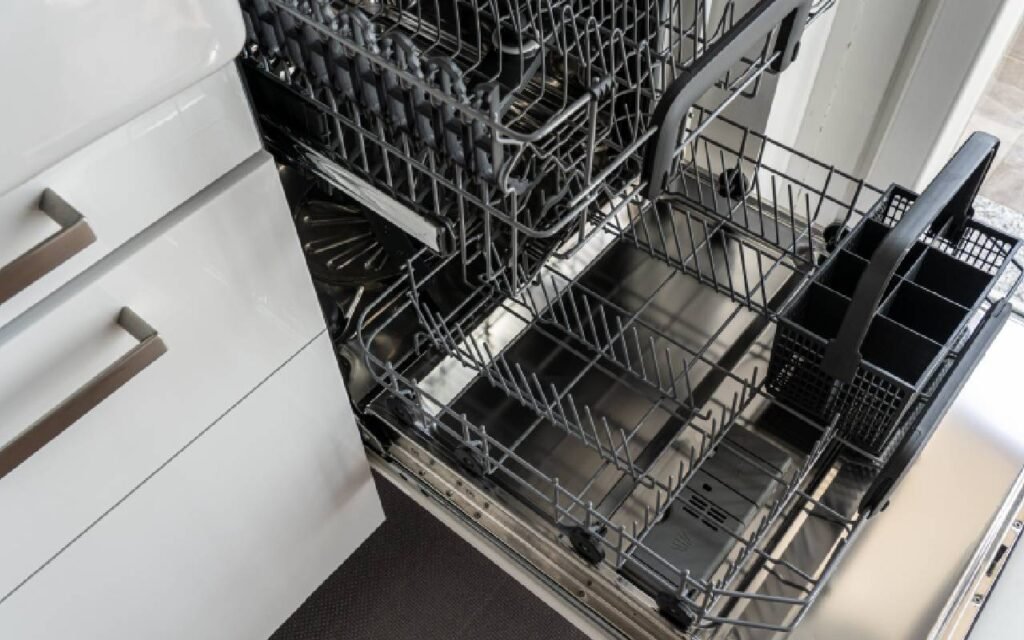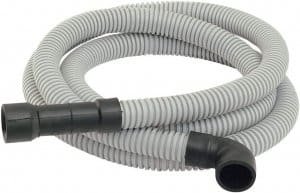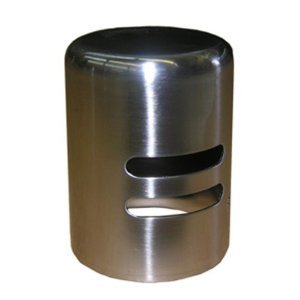Experiencing a dishwasher that doesn’t drain properly can be a frustrating ordeal. In this detailed guide, we will address common issues that cause a Westinghouse dishwasher not to drain and provide step-by-step solutions to get your appliance back in working order. Whether you’re a seasoned DIY enthusiast or a novice, our guide aims to equip you with the knowledge necessary to tackle this problem effectively.

Table of Contents
Understanding the Basics: How Your Dishwasher Drains
Before diving into troubleshooting, it’s important to understand how a dishwasher drains. During a wash cycle, water is pumped into the dishwasher and recirculated to clean the dishes. Once the cleaning phase is complete, the water is drained through a pump and hose system. Any malfunction in this system can lead to improper draining.
Common Causes of Drainage Issues in Westinghouse Dishwashers
1. Clogged Filters
One of the most common reasons for a Westinghouse dishwasher not draining is clogged filters. Over time, food particles and debris can accumulate in the filters, obstructing the flow of water.

Solution:
- Locate the filters at the bottom of the dishwasher.
- Remove and clean them thoroughly with warm, soapy water.
- Reinstall the filters and run a short cycle to check if the problem is resolved.
2. Blocked Drain Hose
A blocked drain hose can prevent water from draining properly. This blockage can occur due to food particles, grease, or other debris.
Solution:
- Disconnect the dishwasher from the power supply.
- Locate the drain hose at the back of the dishwasher.
- Inspect the hose for any visible blockages and clean it if necessary.
- Reconnect the hose and check for proper drainage.

3. Faulty Drain Pump
The drain pump is responsible for expelling water from the dishwasher. If the pump is faulty, it can hinder the drainage process.
Solution:
- Disconnect the dishwasher from the power source.
- Access the drain pump, usually located at the bottom of the dishwasher.
- Inspect the pump for any signs of damage or obstruction.
- If the pump is damaged, it may need to be replaced. Consult your user manual or a professional technician for guidance.
4. Garbage Disposal Connection Issues
If your dishwasher is connected to a garbage disposal, issues with the disposal can affect drainage. A clogged or improperly installed disposal unit can cause water to back up into the dishwasher.
Solution:
- Ensure the garbage disposal is clear of any blockages.
- Check that the knockout plug is removed if the dishwasher is newly installed.
- Verify the hose connections between the dishwasher and garbage disposal are secure.
Advanced Troubleshooting for Persistent Drainage Issues
5. Inspecting the Air Gap
An air gap prevents backflow of water into the dishwasher. If the air gap is clogged, it can cause drainage issues.

Solution:
- Locate the air gap, typically installed near the sink.
- Remove the cover and clean any debris from the air gap.
- Reassemble the air gap and run the dishwasher to check if the problem is resolved.
6. Checking the Float Assembly
The float assembly regulates the water level inside the dishwasher. If the float is stuck or malfunctioning, it can prevent the dishwasher from draining properly.
Solution:
- Locate the float assembly inside the dishwasher.
- Ensure the float moves freely and is not obstructed by debris.
- Clean the area around the float and ensure it functions correctly.
7. Examining the Drain Valve
The drain valve opens and closes to allow water to drain from the dishwasher. A malfunctioning valve can impede this process.
Solution:
- Access the drain valve, usually located at the bottom of the dishwasher.
- Inspect the valve for any signs of damage or obstruction.
- Test the valve to ensure it opens and closes properly. If it is faulty, consider replacing it.
Preventive Measures to Avoid Future Drainage Issues
Regular Cleaning and Maintenance
- Clean Filters Regularly: Ensure filters are cleaned after each wash cycle to prevent buildup of debris.
- Inspect and Clean the Drain Hose: Periodically check the drain hose for blockages and clean as necessary.
- Run Hot Water: Before starting a wash cycle, run hot water in the sink to ensure the dishwasher receives hot water immediately, helping to dissolve grease and food particles.
Proper Loading of Dishwasher
- Avoid Overloading: Do not overload the dishwasher as this can impede water flow and drainage.
- Rinse Dishes Before Loading: Remove excess food particles from dishes before placing them in the dishwasher to prevent clogs.
When to Call a Professional
While many drainage issues can be resolved with DIY methods, some problems may require professional intervention. If you’ve tried all the above solutions and your Westinghouse dishwasher still doesn’t drain, it might be time to call a technician. Persistent issues could indicate more complex problems such as electrical faults or internal component failures that need specialized expertise.
Conclusion
Addressing a Westinghouse dishwasher not draining involves a systematic approach to identify and resolve common issues. By following this comprehensive guide, you can troubleshoot and fix most drainage problems, ensuring your dishwasher operates efficiently. Regular maintenance and proper use are key to preventing future issues and prolonging the life of your appliance.

Pingback: Westinghouse Dishwasher Problems: Comprehensive Guide to Troubleshooting and Solutions 2024
Pingback: White Westinghouse Dishwasher Not Draining 2024